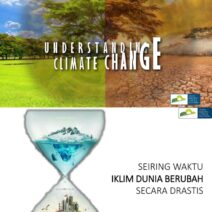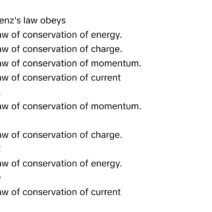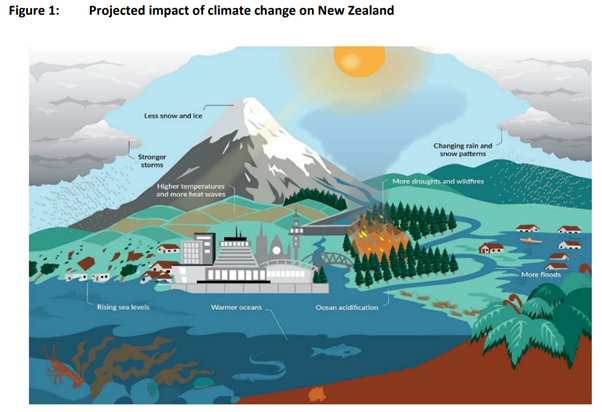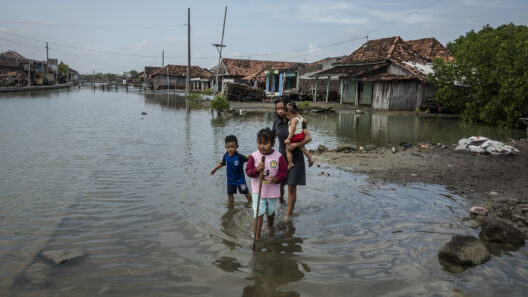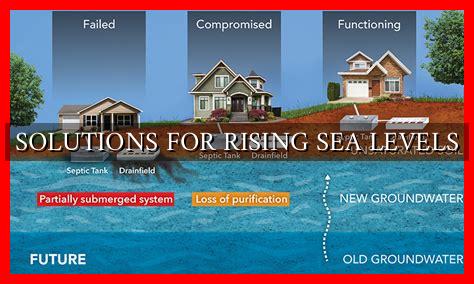Rising sea levels present an alarming phenomenon that is reshaping the environmental landscape, particularly for coastal communities. But what if we ventured to ask: how well-equipped are we to tackle the impending challenges that accompany this gradual yet formidable threat? In exploring the ramifications of rising sea levels, we uncover a tapestry of consequences that extend beyond the shores, ultimately implicating global ecosystems and economic structures. Therefore, understanding these impacts becomes not only a matter of concern but a pressing necessity.
Coastal erosion and its insidious implications
The first observable consequence of rising sea levels is coastal erosion. As water encroaches upon the land, coastal regions begin to erode, often at alarming rates. This phenomenon is not merely geological; it bears profound repercussions for human habitation. In many locations, homes, infrastructure, and entire communities are at risk of being consumed by the ocean, leading to economic hardship and displacement. The picturesque beaches, once bustling with life and tourism, may become desolate landscapes swallowed by relentless waves.
In a race against time, coastal cities must grapple with the reality of infrastructural adaptation. From investing in sea walls and tidal barriers to implementing natural solutions, such as restoring mangroves and wetlands, efforts are underway to mitigate this erosion. However, the effectiveness of these strategies can vary widely and often depends on financial resources, political will, and ecological knowledge. The challenges are manifold; how do communities balance immediate needs with long-term sustainability? The specter of potential inaction looms as climate change accelerates, leaving us with a pressing question: can we mitigate the inevitability of crisis through innovation and education?
Flooding: the silent invader
As if coastal erosion were not perilous enough, flooding emerges as another harbinger of rising sea levels. As ocean waters rise, the risk of both chronic and acute flooding escalates markedly. Chronic flooding occurs with increasing frequency during high tides and storm events, while acute flooding results from storm surges during extreme weather events. Each of these instances poses significant risks to life, property, and ecosystem integrity.
The composition of a region’s infrastructure often determines its ability to withstand flooding. Coastal cities, heavily reliant on existing systems like drainage and water management, can find themselves beleaguered by overwhelmed mechanisms. Streets become rivers, disrupting daily life and leading to significant economic losses. Businesses suffer, and livelihoods are jeopardized, especially in areas reliant on tourism or fishing.
A less visible but equally alarming consequence of flooding is the salinization of freshwater reserves. As saltwater infiltrates groundwater supplies—previously a reliable source of drinking water—communities can face dire water scarcity. This challenge compels the need for innovative approaches to water management, including desalination technologies and rainwater harvesting systems. Are communities prepared to adopt such technologies and can they be implemented equitably? The implications of this situation highlight the urgent necessity for comprehensive disaster preparedness and resource management.
Displacement: A matter of justice
The repercussions of rising sea levels extend beyond physical erosion and flooding; they weave intricate narratives of displacement and migration. As entire communities become untenable, traditional ways of life are irrevocably altered. Displacement often disproportionally affects marginalized populations, triggering an array of socio-political dilemmas that include economic disparity and societal fragmentation.
As people are forced to migrate, cities and regions that accept these newcomers may face resource strains—all while grappling with the complexities of integrating displaced individuals. This influx can lead to heightened tensions that further exacerbate existing inequalities. It invites the question: how do we foster a more just society in the face of these catastrophic changes?
Policy-making plays a critical role in shaping a proactive response to these realities. Governments must implement comprehensive migration policies and offer support for affected communities. Additionally, communities can benefit from resilience building, ensuring they have the tools and resources necessary to adapt to these challenges rather than merely reacting to them.
The future: A planet at risk
As we stand on the brink of irreversible change, the urgency of responding to rising sea levels cannot be overstated. The effects of this phenomenon threaten not only coastal communities but also global ecological balances. More than ever, it is imperative to embrace a multi-faceted approach that combines environmental stewardship, social justice, and economic resilience.
This includes fostering a culture of conservation, utilizing renewable energy, and advocating for policies aimed at curbing greenhouse gas emissions. Imperative collaborations among governments, non-profit organizations, and local communities are essential in forging a path toward sustainability.
As the tides rise and the clock ticks on, we must confront the question: are we ready to safeguard our shores, our communities, and our planet? Engaging in this dialogue does not only pave the way for solutions but also shifts the narrative toward collective responsibility. The future is in our hands—may it be one imbued with resilience, innovation, and hope.

